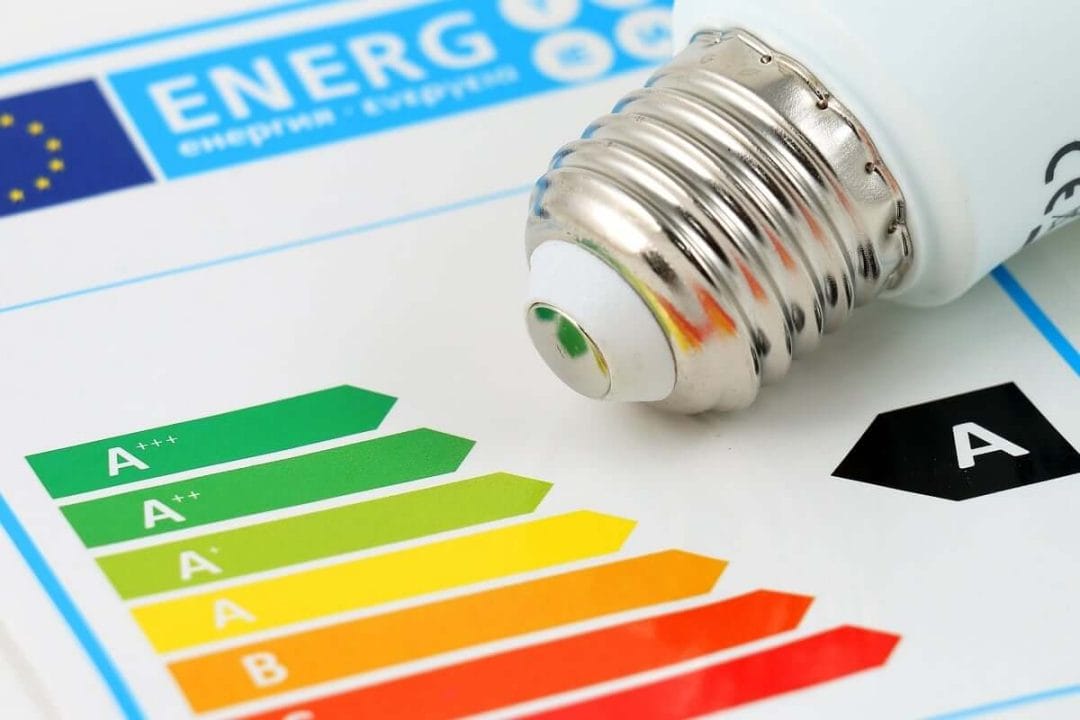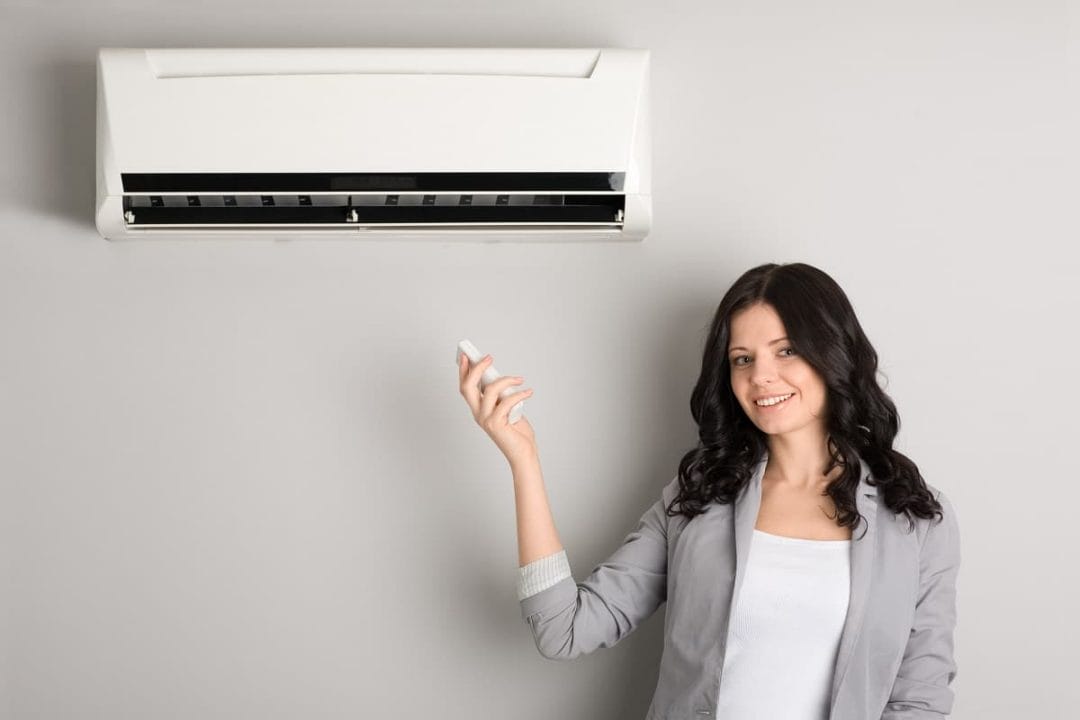Comfort often comes at a cost. A new A/C unit may result in two major expenses: the upfront cost and the monthly utility bills. But saving on energy costs doesn’t mean you have to endure the heat when summer rolls around.
Modern A/C units are more energy-efficient, as manufacturers see this as a huge selling point. They often come with an EER or SEER rating to inform buyers of how much energy the unit will consume and how it will translate to dollars. Knowing how to read and analyze these ratings will help you choose the best A/C unit for your home.
Importance of Energy Efficiency at Home

Before you look for a home A/C installation service in Norwalk, CA, you must understand why you should consider an energy-efficient product. The technology manufacturers use to improve the energy consumption of your A/C provides more advantages than just savings:
- Eco-Friendliness – When your A/C unit consumes less energy, it emits fewer greenhouse gases. Your home lowers its carbon footprint, making it more eco-friendly.
- Better Control – The technology that allows modern A/C units to adjust to your home’s temperature gives you better control over the thermostat. You can program the unit to switch off when no one’s home, and it switches back on a few minutes before you arrive.
- Improved Air Quality – Old and damaged HVAC systems compromise airflow and air quality. A new A/C unit has better air cleaning features that reduce air impurities.
What is the EER/SEER Rating?

If you’re asking yourself, “How do I know if my AC is energy efficient?” you should familiarize yourself with the EER and SEER rating systems. Understanding these two types of measurements will help you in your decision-making process.
EER Rating
EER stands for Energy Efficiency Ratio, and it has been around since the mid-1970s. It calculates an A/C unit’s energy efficiency using a constant outside temperature and a constant inside temperature.
Formula: EER rating = Capacity in BTU/h (British thermal unit per hour) ÷ Power (in watts)
If you’re wondering what a good EER rating for an A/C unit is, it is 8.5 and above. The higher the rating, the more efficient the A/C unit is. Also, consider looking for the ENERGY STAR label. It indicates that the A/C unit uses 10% less energy to operate.
SEER Rating
SEER stands for Seasonal Energy Efficiency Ratio. It is one of the most common ways to measure an appliance’s energy efficiency. You’ll often see this rating in an appliance’s Energy Guide Tag.
Formula: SEER rating = cooling output during summer ÷ energy used during summer
The average range for a good SEER rating is 13 to 21. However, this is based on the specific climate condition of your area. The U.S. Department of Energy published a list of SEER ratings based on geographical region.
EER vs. SEER
HVAC technicians advise homeowners to look at an A/C unit’s EER rating rather than its SEER rating.
The former is a standardized measurement for energy efficiency, as it is specific to the machine. With EER, it’s easier for you to compare different A/C units when shopping.
Alternatively, you can use the SEER rating to determine which products are best suited for your location. Then, compare the EER ratings of your shortlisted units to narrow down your search.
By knowing the difference between EER and SEER ratings, you can streamline your search and make a more informed decision.
How to Read the Energy Guide
Modern A/C units and other appliances come with Energy Guide labels. These tell you how much energy the item uses and how much you’ll save in a year. There are three items to look for when reading these labels.
- The estimated yearly energy cost is the amount you are expected to save in utilities annually. It is determined by comparing the unit’s performance capacity with the national average electricity cost.
- The appropriate ratio determines how well the unit will perform in your home. If you’re buying a room A/C, look for its EER rating. If you’re purchasing a central A/C, look for its SEER rating.
- The ENERGY STAR label indicates that the unit has passed energy efficiency standards set by the U.S. Department of Energy. Appliances with this label are touted as the most cost-effective items in the market.
Understanding Different Types of Air Conditioners

Now that you know how to determine which A/C consumes less electricity, it’s time to learn about the different types of A/C units. There are two main types of residential A/Cs: stand-alone and split-system. Find out which one is best for your home.
Stand-Alone Air Conditioner
A stand-alone A/C is designed with both its coils inside a single device. It gives the user more convenience because it’s easy to install and is affordable. However, it tends to be noisy and has low capacity. Below are examples of stand-alone units.
- A portable air conditioner is one of the most popular choices because it is easy to install, highly affordable, and mobile.
- A window air conditioner is ideal because you don’t have to make a hole in your wall to install it.
- A wall-mounted air conditioner is often found in old houses and apartment buildings because it doesn’t need an external unit permit to install and operate.
- A floor-mounted air conditioner is slowly becoming a thing of the past because it takes up a lot of floor space. But it’s still a good option for homes with large rooms.
Split-System Air Conditioner
A split-system A/C unit is made up of two shells. The one inside the home is small and houses the cooling coil. The shell outside is bulky and houses the heating coil. It is quiet, aesthetically pleasing, and has a high capacity. However, it’s usually difficult to install and expensive. These are examples of split-type air conditioners.
- A central air conditioner is one of the most popular choices for homeowners because it has a ducted air pipe system that can be installed in any room in the house.
- A wall-mounted or floor-mounted split-type air conditioner has a high capacity, making it ideal for homes with large rooms.
- A mini split-system ductless air conditioner is becoming one of the popular options because of its convenient installation.
How to Choose the Best A/C Unit for Your Home
There are three things to consider when selecting an A/C for your home.
1. Determine the room’s square footage.
Measuring the room will help you determine how much cooling capacity is required.
Knowing the room or house size prevents you from choosing an A/C that can’t adequately cool the place. The smaller the square footage, the lower the capacity needed, and vice-versa.
2. Determine the right cooling capacity for the room.
When the unit has low capacity and the room is big, it needs to exert more effort than is advisable for its operating system. On the other hand, if the unit is too big for the room, you would have spent unnecessarily on a high-capacity unit. An A/C with the right capacity for your home will help you save money on your monthly electricity bills and provide adequate comfort.
3. Adjust the cooling capacity as necessary.
Before settling on an A/C unit, look at the room’s specifications.
- Reduce capacity by 10% if the room is heavily shaded. Alternatively, increase capacity by 10% if the room gets a lot of sunlight.
- Increase capacity by 600 BTUs if more than two people will regularly occupy the room.
- Increase capacity by 4,000 BTUs if the A/C unit is placed in the kitchen or anywhere that regularly gets high temperatures.
How to Make Your A/C Unit More Energy Efficient

Once you’ve purchased your A/C, you can perform a few things that will make it more energy-efficient, perform better, and extend its lifespan.
- Change your air filters regularly to prevent dust and debris from blocking the air and moving freely.
- If you’re using a split-system, clean the condenser unit’s surrounding area outside to prevent debris from getting into the machine.
- Keep heat-producing appliances away from the thermostat to prevent inaccurate temperature readings.
- Make sure all doors and windows are closed when you switch on the A/C unit to prevent cold air from escaping the room. Leaving any gaps can also cause warm air to enter the room.
- Fix any cracks and holes in your ceilings and walls to prevent air leakage because this will cause the A/C unit to perform harder and longer than necessary.
In addition, HVAC technicians advise homeowners to practice proactive maintenance for their A/C units. Doing so will help you identify different issues before they worsen, preventing you from damaging the entire appliance.
Make your home more energy-efficient with the right A/C. Comfort Time Heating and Cooling can help you increase your home comfort and decrease your energy bills with our HVAC services. Talk to us to learn more.




